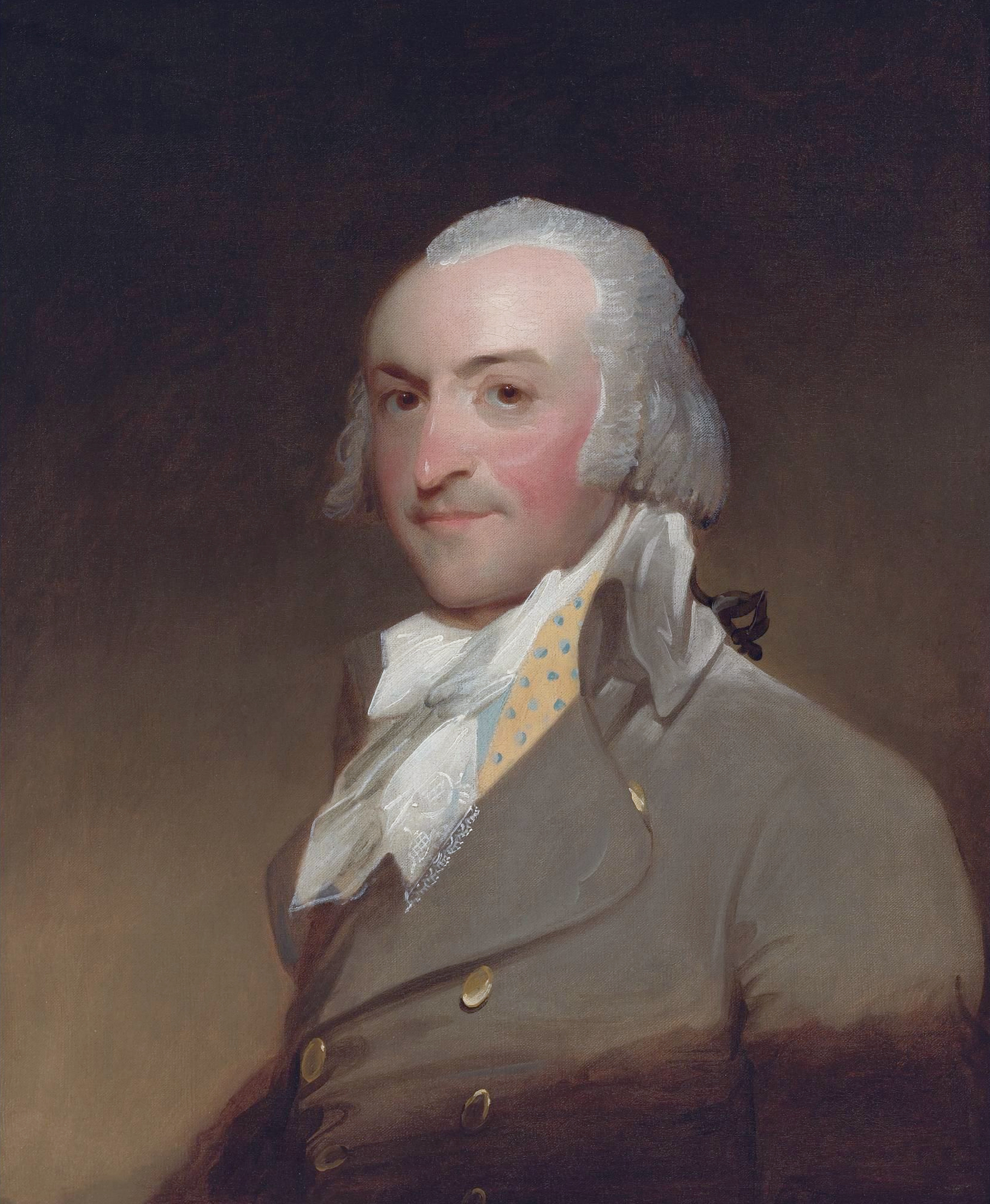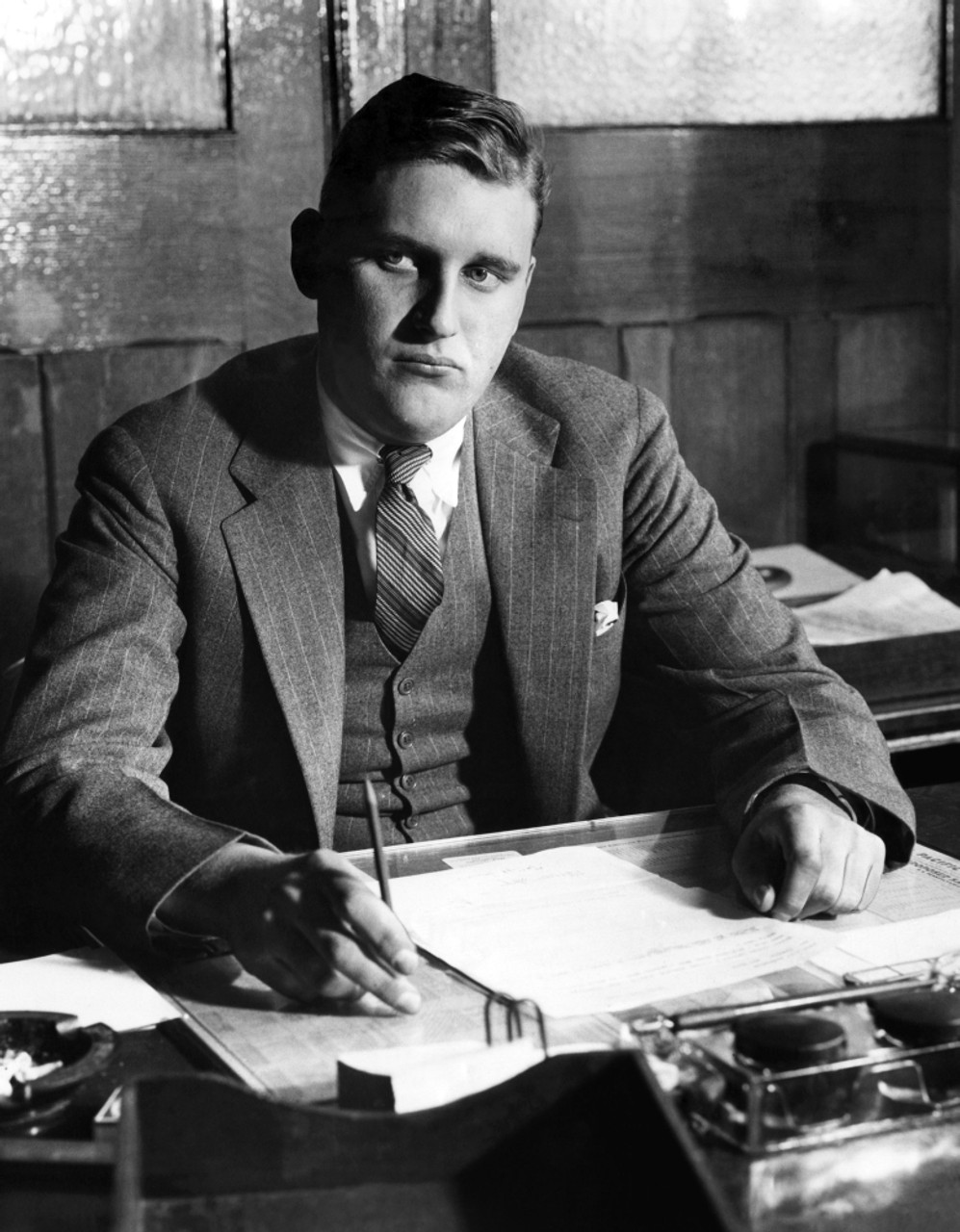John Jacob Astor was a name that became synonymous with wealth and entrepreneurship in the 19th century. Born in Waldorf, Germany, Astor's journey from a humble beginning to becoming America's first millionaire is an inspiring tale of ambition and determination. His contributions to the fur trade, real estate, and philanthropy have left an indelible mark on American history.
Astor's rise to prominence was not just about wealth accumulation; it was about shaping an era of economic growth in the United States. His innovative strategies in the fur trade and his foresight in real estate investments set a benchmark for future entrepreneurs. This article delves into the life of John Jacob Astor, exploring his achievements, challenges, and lasting legacy.
As we explore Astor's life, we will uncover how he navigated the complexities of his time, built a vast fortune, and became a symbol of American success. Whether you're a history enthusiast or an aspiring entrepreneur, John Jacob Astor's story offers valuable lessons that remain relevant today.
Read also:Misty Ray Of The Rising Star Shining Bright In The Spotlight
Table of Contents
- Biography of John Jacob Astor
- Early Life and Education
- The Fur Trade Empire
- Real Estate Ventures
- Accumulation of Wealth
- Philanthropic Contributions
- The Lasting Legacy
- Challenges and Criticisms
- Family and Personal Life
- Conclusion
Biography of John Jacob Astor
Biographical Overview
John Jacob Astor was born on July 17, 1763, in Waldorf, a small town in Germany. He was the son of a butcher and moved to America in 1783, seeking better opportunities. Over the years, Astor became one of the wealthiest individuals in the United States, primarily through his involvement in the fur trade and real estate. His life is a testament to the American Dream, showcasing how hard work and strategic thinking can lead to immense success.
| Full Name | John Jacob Astor |
|---|---|
| Birthdate | July 17, 1763 |
| Birthplace | Waldorf, Germany |
| Death Date | March 29, 1848 |
| Occupation | Fur Trader, Real Estate Investor |
Early Life and Education
John Jacob Astor's early life was marked by modest beginnings. Growing up in Waldorf, Germany, he learned the value of hard work from his father, who was a butcher. Despite limited formal education, Astor's curiosity and desire to learn propelled him to seek opportunities beyond his hometown. In 1783, at the age of 20, he immigrated to the United States, arriving in Baltimore, Maryland.
His early years in America were spent working odd jobs, including as a fur trader's apprentice. This experience laid the foundation for his future success in the fur trade industry. Astor's keen business acumen and dedication allowed him to quickly rise through the ranks, eventually establishing his own fur trading company.
The Fur Trade Empire
Building a Fur Trading Dynasty
Astor's entry into the fur trade was a pivotal moment in his career. Recognizing the high demand for furs in Europe, he established the American Fur Company in 1808. This venture became one of the largest fur trading companies in the world, controlling a significant portion of the North American fur market.
Some key factors that contributed to Astor's success in the fur trade include:
- Strategic partnerships with Native American tribes
- Establishment of trading posts across North America
- Innovative business practices that maximized efficiency
By the early 19th century, Astor's fur trading empire was generating substantial profits, setting the stage for his future ventures.
Read also:Shai Gilgeous Braids The Ultimate Guide To Her Iconic Style
Real Estate Ventures
Astor's Investment in Real Estate
While the fur trade was Astor's initial source of wealth, his investment in real estate proved to be his most enduring legacy. Recognizing the potential of urban development, Astor began purchasing large tracts of land in New York City during the early 1800s. His foresight in real estate investments allowed him to amass a fortune that would sustain his family for generations.
Some notable real estate ventures include:
- The Astor House, a prominent hotel in New York City
- Extensive land acquisitions in Manhattan
- Development of luxury residential properties
Astor's real estate portfolio not only increased his wealth but also contributed to the growth of New York City as a major urban center.
Accumulation of Wealth
John Jacob Astor's wealth accumulation was a result of his diverse business interests and prudent financial management. By the time of his death in 1848, Astor's net worth was estimated at $20 million, making him the wealthiest person in the United States at the time. His fortune was primarily derived from the fur trade and real estate investments, with smaller contributions from other ventures such as banking and shipping.
Astor's wealth was not just a reflection of his business acumen but also his ability to adapt to changing market conditions. His investments in emerging industries and his focus on long-term growth strategies ensured the sustainability of his fortune.
Philanthropic Contributions
Astor's Commitment to Giving Back
Despite his immense wealth, John Jacob Astor was known for his philanthropic contributions. He believed in using his resources to improve society and left a lasting impact through his charitable endeavors. One of his most notable contributions was the establishment of the Astor Library in New York City, which later became part of the New York Public Library.
Astor's philanthropy extended beyond libraries, as he also supported educational institutions and social welfare programs. His legacy of giving back continues to inspire modern philanthropists and underscores the importance of using wealth for the greater good.
The Lasting Legacy
John Jacob Astor's legacy extends far beyond his financial achievements. He is remembered as a pioneer in American business, whose innovations in the fur trade and real estate laid the foundation for future economic growth. Astor's commitment to philanthropy and his vision for urban development have left an enduring mark on American society.
Today, Astor's name is synonymous with wealth and success, but his story also serves as a reminder of the importance of hard work, integrity, and generosity. His life and accomplishments continue to inspire generations of entrepreneurs and philanthropists alike.
Challenges and Criticisms
Overcoming Obstacles and Addressing Criticisms
While John Jacob Astor achieved remarkable success, his journey was not without challenges. Critics often accused him of exploiting Native American tribes in his fur trade operations, raising ethical concerns about his business practices. Additionally, Astor faced competition from other fur trading companies, which required him to constantly innovate and adapt to maintain his market position.
Despite these challenges, Astor's ability to navigate complex business environments and overcome obstacles demonstrated his resilience and determination. His legacy, while not without controversy, reflects the complexities of 19th-century commerce and the evolving nature of capitalism.
Family and Personal Life
John Jacob Astor's personal life was marked by both achievements and challenges. He married Sarah Cox Todd in 1785, and together they had eight children. Astor's family played a significant role in his life, with many of his descendants continuing his legacy in business and philanthropy.
Beyond his professional pursuits, Astor was known for his love of art and culture. He collected paintings and other works of art, further enriching his personal life and contributing to the cultural landscape of 19th-century America.
Conclusion
John Jacob Astor's life and achievements offer valuable lessons for anyone interested in business, history, or philanthropy. From his humble beginnings in Waldorf, Germany, to becoming America's first millionaire, Astor's story is a testament to the power of ambition, innovation, and perseverance.
In conclusion, Astor's contributions to the fur trade, real estate, and philanthropy have left an indelible mark on American history. His legacy serves as a reminder of the importance of hard work, integrity, and giving back to society. We invite you to share your thoughts and insights in the comments below, and explore other articles on our site to learn more about influential figures in history.
References:
- Chernow, R. (2010). Titan: The Life of John D. Rockefeller, Sr. Penguin Books.
- Gordon, J. S. (2004). The Great Game: The Emergence of Wall Street as a World Power, 1653–2000. Scribner.
- Smith, H. (1996). John Jacob Astor: America's First Multimillionaire. University of North Carolina Press.


